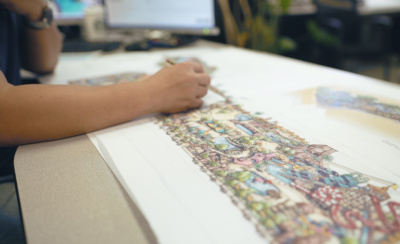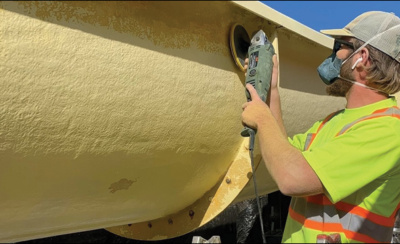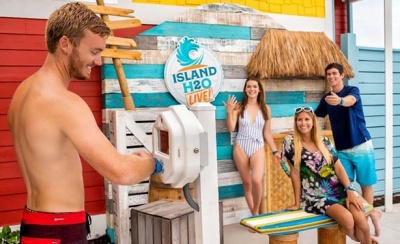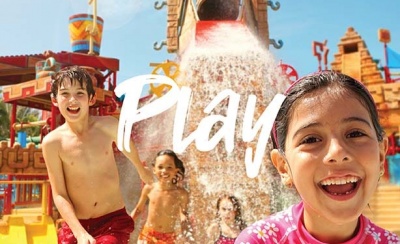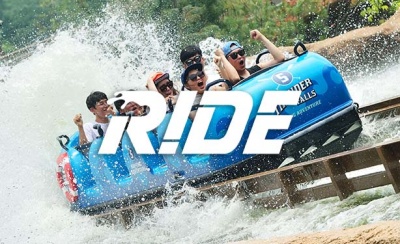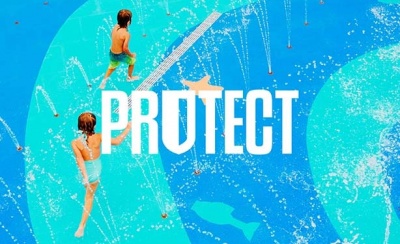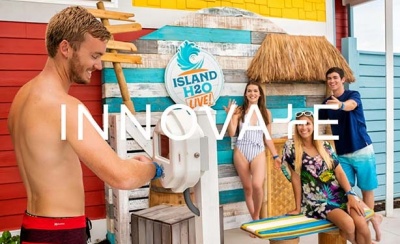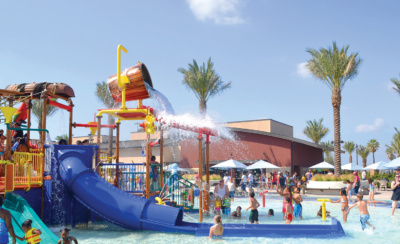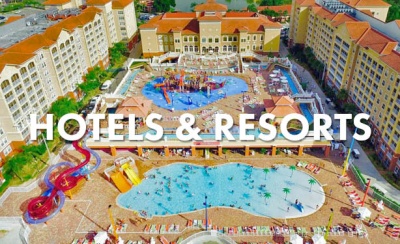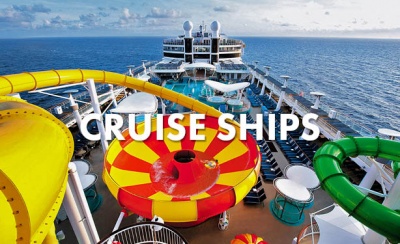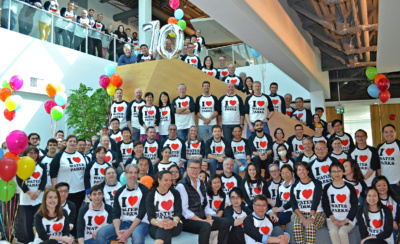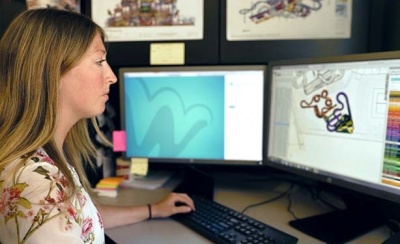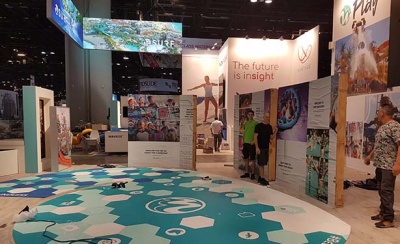

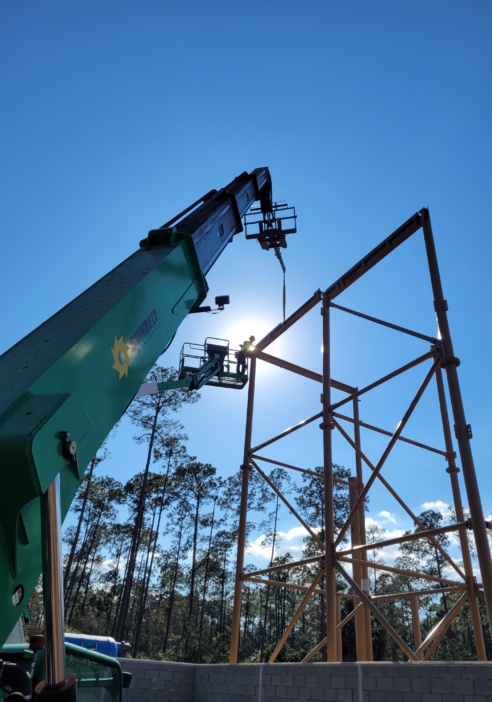
So, You Want to Build a Water Park?
Part 1: Feasibility Studies
Embarking on the construction of a water park is an enticing investment. However, first-time developers often overlook crucial aspects when it comes to planning and executing this specialized development. In this series, we will delve into the three primary stages of building a water park, exploring feasibility studies, the selection of attractions and partners, and the maintenance and operations required to run a water park. For part one, we look at feasibility studies and highlight questions a potential developer should ask to determine if building a water park will create a good return on investment.
A feasibility study evaluates the financial, technical, and operational viability of a water park project, allowing developers to assess a project’s potential, its capital expenditure, and realistic returns. This can be critical for the visionary to receive funding from the bank. By conducting a feasibility study, developers can identify potential challenges and risks that may arise during the construction and operation of the water park and look at how they would remedy the situation. Though it is important to note, the financial feasibility study should be conducted by a water park specialist or an attraction industry consultant as these studies are not the typical realm of the other types of business studies undertaken by economists.
Let’s dive into the different considerations looked at during a feasibility study to determine whether a water park is the right venture for you.
1. Financial
The questions begin even before finding a piece of land. Looking at if you can afford the investment of starting a water park begins with the acquisition work of the land, analyzing if it is the proper size, the right price, and in the right location. Like any project, location is everything, and the price of the land will be influenced by its strategic location for the intended purpose. Do you have the proper zoning, titling, water, sewer, and electricity already included or are you going to have to pay additional costs for the connection? Infrastructure costs are not always included when you purchase the land, so it’s important to know before the deal goes through. Before you close on the purchase of the land, remember to ask about the permitting for the site and if environmental and archaeological studies have been done. It would be a shame to learn the land you want to build on is the protected breeding ground of an at-risk species after the money has already changed hands!
Once the land is identified and you have thought through the extra costs that could arise, it’s important to forecast the land’s taxes and purchase insurance. These figures unfortunately tend to go up over time, so planning for inflation of these costs is another good preventive measure to keep your soon-to-be water park in good standing. While we’re talking about insurance, it’s worth noting that property insurance is good, but insurance with builders’ risk, general liability, umbrella coverage, and worker’s compensation is better. Sometimes there are tax incentives, so developers may want to consider hiring a consultant to pursue these incentives to offset development costs.
Considerations:
- Has the land had permitting done?
- Were environmental and archaeological studies done?
- Did you forecast the taxes?
- Did you purchase insurance?
- Do you want to hire a consultant to pursue incentives to offset development costs?
2. Analysing Competitive Ventures
Once the financial situation is considered, it’s important to look at what offerings are competing for your guests’ money. Draw a circle around your land with a 60-mile (100 km) radius and look at if there are any competing entertainment ventures that fall within that circle. Are there any water parks already? If so, what can you tell about their performance? If you’re going to be competing against them, you need to make sure you are bringing something new to the table, so guests would visit and keep coming back. What other draws are found in that area? Is there a family entertainment centre within one of the shopping malls? Or an ice-skating rink down the road? Any activity that the family can do together is one that competes against the water park business model, so it’s important to have an idea of how saturated the market is and know how well these competitors are doing in comparison.
Considerations:
- What other types of entertainment venues are in a 60-mile (100km) radius?
- Are there any other water parks in proximity already? What can you tell about their performance?
- What other venues are big crowd-bringers? Are there any malls with family entertainment centers around?
3. Demographics
Once you have an idea of how much the investment will cost and what competitors surround your piece of land, it’s time to plan for your ideal clientele. Are you building a water park for the local community or are you targeting tourists? These two groups have vastly different concerns that you need to consider to be successful. For instance, if you’re targeting locals, you need to have a larger parking lot as they would most likely be coming for the day with their own cars.
Another consideration for locals is disposable income. This is an important factor because it determines a person’s ability and willingness to spend money on non-essential items, like a water park entrance ticket. The more disposable income a person has, the more likely they are to purchase either a season pass or a one-day entry to your park. By contrast, if money is tight, they are more likely to step back from spending and focus on essential living costs. Knowing how much disposable income the surrounding area has helps to inform how feasible it will be to build a new water park on this piece of land. Interestingly, water parks tend to maintain attendance during recessions as people still need vacations, and water parks can provide them with this at a price point that does not involve flights and hotels.
However, if you’re targeting tourists, it’s important to look at your land’s proximity to things like public transportation and hotels as this audience would most likely not be driving to your park and rely on either a cab, metro, or bus. Could you look at building a taxi partnership or some kind of package with local hotels to bring people to your park? The disposable income would be less important to analyze in this case as tourists are more likely to spend money on vacation and willing to purchase water park tickets as an excursion or day out. In this case, it might be worthwhile to pull showcase statistics around tourist travel to be able to demonstrate to financial institutes the viability of a water park. If you have already laid the groundwork and established formal connections to hotels, allowing direct marketing to guests, this would also be important to document and present to your investors.
Considerations:
- Are you targeting the local community or tourists?
- What is the area’s disposable income?
- What is the public transportation in the area like?
- Are there any hotels in the surrounding area?
4. Logistics
You have now checked off the financials, competitive analysis, and demographic identification, leaving you to think big picture and plan out the logistics. In purchasing, it’s important to remember the potential of bylaws around noise or height. Make sure you’re not breaking any laws with how high you’re wanting to make your water slide tower or going to be producing too much noise that could add further costs to the project.
Also, it is important to remember in water parks, the focus is not just on the rides but on the passive spaces as well. It might seem early, but even at this stage, you should be planning for the guests, their needs, relaxation, and comfort. This requires some consideration of the park’s design to meet the vision of the developer with the capex projections. Water park design is extremely specialized, and its process is nuanced with seemingly minor details that make all the difference to the success of the project in the long term, so it’s an important step to have skilled partners onboard for. Don’t forget to plan your furniture, fixtures, and equipment, or the movable or easily removed objects for your park. These typically are lounge chairs, cabana furniture, and any seating related to food and beverage. The furniture, fixtures, and equipment costs can be surprisingly a good chunk of money and usually need to be replaced every 1-5 years depending on the wear and tear.
Considerations:
- What are the bylaws around noise or height?
- Did you plan your furniture, fixtures, and equipment (FFE)?
- Do you have a plan to replace your FFE in the next 1-5 years?
5. Promotion & Planning
After everything around the development is planned, the developer should consider how much money they need to be allocating to marketing and hiring. Marketing in the months leading up to opening is important as it generates awareness and consideration in the minds of their target demographic and will help to ensure you have people coming through the gate on opening day. A marketing plan should also be thought through for the first year of operations to highlight the water park’s unique value proposition and differentiate it from the other entertainment and leisure activities in the area. Effective marketing efforts can create demand, drive sales, and position the business as the thing to do on the weekend. Ultimately, marketing is essential for a new water park to establish its presence, attract and bring back customers, and achieve long-term success. Cross-marketing with other venues can also be a unique way to promote your park, building on the success of established entertainment or hospitality offerings, businesses, schools, and other operations within your catchment area.
On the hiring side, like any other business, success comes down to having the right team. There should be an adequate budget to ensure fair market compensation, so the water park can keep its people as long as possible. Retaining employees can save a considerable amount of money by reducing the costs of recruitment, hiring, and training of new staff, especially in an environment like water parks where the training involves safety such as first aid and CPR certifications. Moreover, retaining employees can also contribute to consistent levels of service, which are recognized to improve customer satisfaction and loyalty—crucial for the long-term success of a new business. Key hiring of top positions can capture seasoned industry professionals, bringing to your operation experience and knowledge that would otherwise be difficult to achieve.
Considerations:
- Do you have a one-year marketing plan?
- Are there any cross marketing opportunities with your catchment area that you can capitalize on?
- Do you have an adequate budget to pay your team fair market compensation?
Finding the Key to Success
Water parks can garner a good margin if planned and managed correctly. Usually done by a recognized industry expert, the feasibility study can make or break when it comes to securing funds from the bank. With lots of moving parts, these studies might feel intricate and overwhelming, but it’s worth taking the time to do them correctly as the plans will become the basis for the consultant to project capital expenditure costs.
With over 40 years of experience in helping water parks bring their dreams to reality, the WhiteWater design team can play an important role in these feasibility studies, providing input to the consultant on site selection, sizing, benchmarking of other parks, planning for selected sites, ride mix, and ride costing. If you’re looking for further advice, please contact whitewater@whitewaterwest.com to get started.
Also, be sure to keep an eye on our page as we prepare part two of the “So You Want to Build a Water Park?” series, where we will dive into the different business models developers can take, the design and ride selection process, as well as who the different specifiers and consultants are that can help you bring your vision to life.




